At that time, the OSIRIS-APEX spacecraft, launched by NASA in 2016, is expected to be there to observe and study this rare encounter. The mission, led by scientists from the University of Arizona, is expected to bring insights into planetary formation and knowledge to build defense systems to help Earth escape future "doomsday".
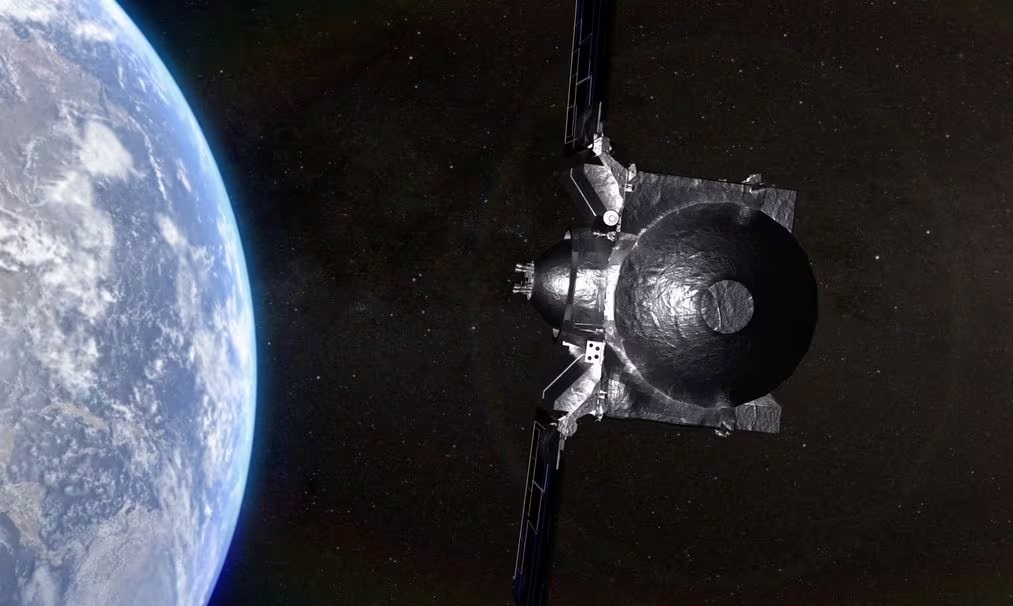
NASA's OSIRIS-APEX spacecraft is moving away from Earth to begin a five-year journey toward a rendezvous with the asteroid Apophis in 2029. Photo: NASA
At the time of its discovery in 2004, asteroid Apophis, named after the serpent demon that personified evil and chaos in ancient Egyptian mythology, was thought to pose a serious threat to Earth. However, subsequent detailed observations have ruled out any risk of impact for at least another century.
Still, the position and path of this “super asteroid” in 2029 will put it quite close to Earth – less than 1/10 the distance to the Moon and within the orbit of some of Earth’s geostationary satellites.
Apophis, oblong and somewhat peanut-shaped, is a rocky asteroid thought to be composed mainly of silicate material along with iron and nickel. About 340 meters across, Apophis will pass within 31,860 kilometers of Earth's surface on April 13, 2029, and will be visible to the naked eye for several hours, said Michael Nolan, deputy principal investigator.
“It won't be a bright sight, but it will appear as a point of light in the night sky over Africa and Europe,” Nolan said.
An asteroid this size passes so close to Earth is estimated to occur about once every 7,500 years. Apophis's flyby is the first such predicted encounter.
Earth's gravity would likely cause measurable disturbances to the asteroid's surface and motion, altering its orbital path and rotation. Gravity could also cause landslides on Apophis and knock away rocks and dust particles to create a comet-like tail.
The OSIRIS-APEX spacecraft is set to observe the asteroid’s flyby of Earth as it approaches and eventually catches up with Apophis. These images and data will be combined with observations from ground-based telescopes to detect and quantify how Apophis has changed as it passed by Earth.
The OSIRIS-APEX spacecraft is expected to spend up to 18 months near Apophis – orbiting it, moving around it and even hovering above its surface, using rocket thrusters to push loose material away and reveal what lies beneath.
Like other asteroids, Apophis is a remnant of the early Solar System. Its mineralogy and chemistry have remained largely unchanged for more than 4.5 billion years, providing clues to the origin and evolution of rocky planets like Earth.
NASA crashed a spacecraft into a small asteroid last year in a test to protect Earth from future asteroids that could strike and destroy humanity. It was the first time humans had altered the natural motion of a celestial body in history.
Apophis is significantly larger than that asteroid, but smaller than the one that struck Earth 66 million years ago, wiping out the dinosaurs. While not large enough to pose an existential threat to life on Earth, an Apophis-sized asteroid striking at hypersonic speeds could still devastate a city or large region, impact the ocean, and cause a tsunami, Nolan said.
Bui Huy (according to NASA, Reuters)
Source








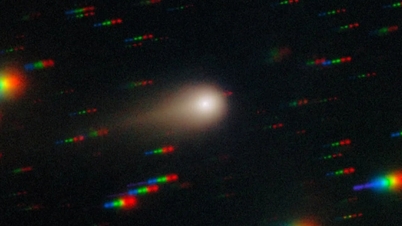


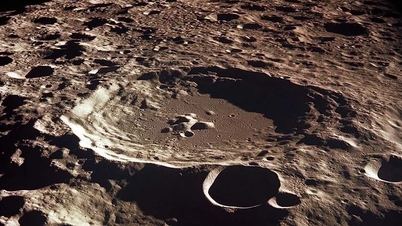

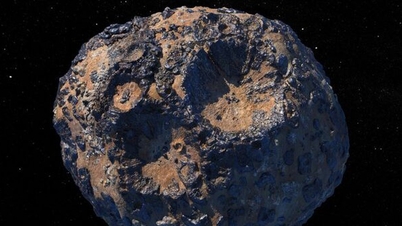


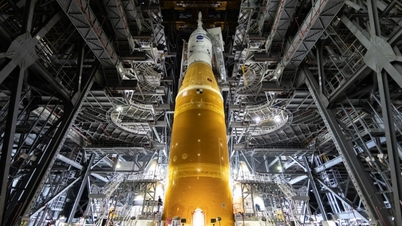






















![[Photo] Binh Trieu 1 Bridge has been completed, raised by 1.1m, and will open to traffic at the end of November.](https://vphoto.vietnam.vn/thumb/1200x675/vietnam/resource/IMAGE/2025/10/2/a6549e2a3b5848a1ba76a1ded6141fae)





























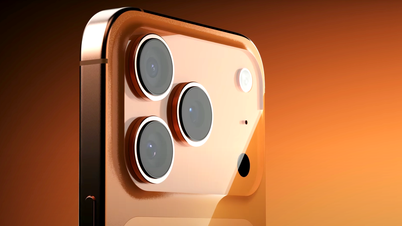


































Comment (0)